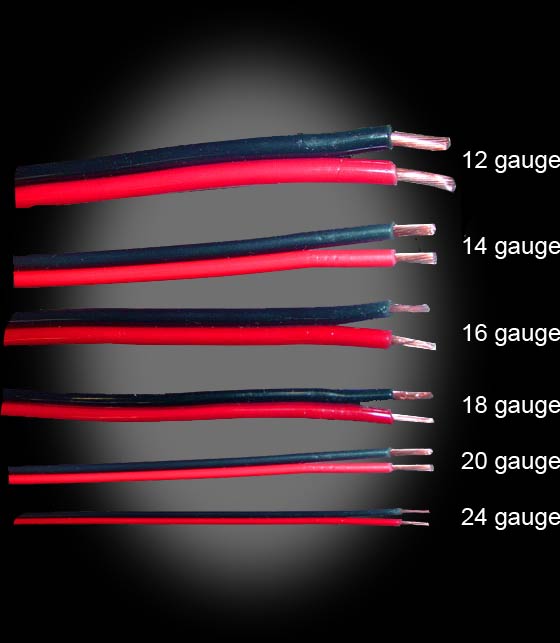

10/3-10-gauge wire with three inner insulated conductors and ground, commonly used for electric clothes dryers.10/2-10-gauge wire with two inner insulated conductors and ground, commonly used for water heaters.12/3-12-gauge wire with three inner insulated conductors and ground, commonly used for switches and light fixtures.Other types of Romex wire used in residential construction are: Note: “NMC” is an acronym for nonmetallic cable, the type of wire that is most common in residential applications.

The markings stamped on the outer insulation, “12/2 NMC with ground,” indicate the size and type of wire-in other words, a 12-gauge wire with two inner insulated conductors (a black “common” and white “neutral”) as well as a non-insulated grounding wire. (In this example, we’re connecting a 12/2 NMC with ground to the same type and size of wire.) Romex is a brand name of wire preferred by many electricians that is commonly used in residential applications. The following instructions assume that you’re splicing together two Romex wires of the same type.

12 2 WIRE HOW TO
If you’re not sure you know exactly how to splice wires, read on for more info. Learning how to splice wires correctly will not only ensure that your electrical repairs and upgrades function properly, but equally importantly, will also keep you and your property safe. However, in this case you will need a 240 volt breaker.If your around-the-house to-do list includes an ambitious DIY electrical project, be it installing a light fixture, replacing a switch, or extending electrical wires to add another outlet in the garage, you’ll need to know the fundamental skill of splicing wires. Again, the "x" and the breaker rating will be determined by the current requirements of the heater. A standard baseboard heater needs only two conductors (plus ground).

There is a slight possibility you will need x-3 wire (if the heater needs a neutral). If it is 240 volt heater, you will most likely need x-2 wire. The "x" will be determined by the current requirements of the heater, and you will need an appropriate 120 volt circuit breaker. If it is a 120 volt heater you will need x-2 wire. What is the voltage and current requirement for this heater? Is it a 120 volt or 240 volt heater? However, you MAY have the wrong wire for your heater, or you may have it connected improperly. The advice you get from any of those stores is not always correct. it is for 20 amp and thats the minimum I can use." This statement does not make sense. "Home Depot told me to re-run the line for the electric heater with 12-3 bec. You can also use 15 amp circuit breakers, but I would not unless a 15 amp breaker was explicitly called for. If you are running 12 gauge wire for your lights and receptacles, you can use 20 amp circuit breakers. Except for a switch loop, the black and red are used for hot wires and the white is used for the neutral. One conductor is black, one is white, one is red. The bare wire is always a ground.ġ2-3 cable is four wire cable, all 12 gauge. Except for a switch loop, the black is used for the hot wire and the white is used for the neutral. One conductor is black, one white, and one is bare (no insulation). 12-2 cable is three wire cable, all 12 gauge.


 0 kommentar(er)
0 kommentar(er)
